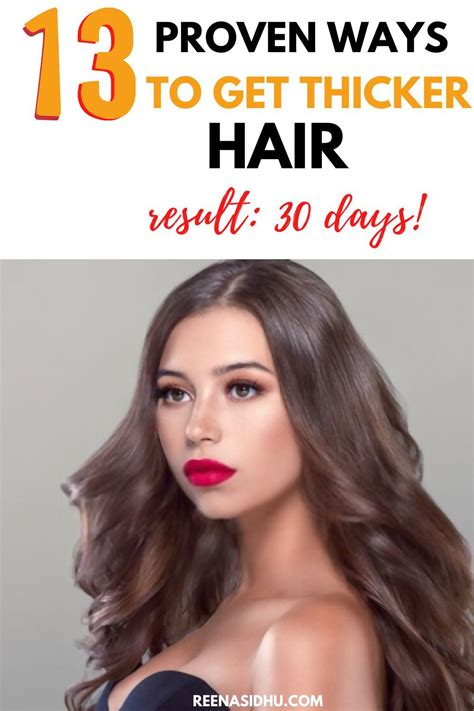Thin hair can be a disheartening problem, but it doesn’t have to be permanent. With the right hair extensions, you can add volume, length, and thickness to your hair, giving you the full, luscious locks you’ve always wanted.

Table 1: Types of Hair Extensions for Thin Hair
| Extension Type | Material | Benefits | Drawbacks |
|---|---|---|---|
| Clip-in | Synthetic or human hair | Easy to apply and remove; affordable | Can be visible if not applied correctly |
| Tape-in | Human hair | Longer-lasting than clip-in extensions; seamless appearance | Can damage hair if not removed properly |
| Fusion | Human hair | Most permanent and secure option; undetectable | Can be expensive and time-consuming to install |
| Micro-link | Human hair | Less damaging than fusion extensions; natural appearance | Can slip out if not installed correctly |
2. Choosing the Right Hair Extensions
When choosing hair extensions for thin hair, there are several factors to consider:
- Length: Extensions can be any length, so choose one that complements your natural hair. Long extensions can add drama, while shorter extensions can add volume and fullness.
- Thickness: Thicker extensions will add more volume to your hair. However, it’s important to choose a thickness that is appropriate for your own hair. Too thick extensions can look unnatural.
- Color: Choose extensions that match your natural hair color or experiment with a new shade. Extensions can be dyed to match your hair exactly.
3. Tips and Tricks
- Use a volumizing shampoo and conditioner. This will help to add body to your natural hair, making it easier for extensions to blend in.
- Apply extensions in sections. This will help to prevent them from looking bulky or unnatural.
- Use a thermal protectant spray. This will help to protect your hair from damage when using heat styling tools.
- Brush your extensions regularly. This will help to prevent tangles and keep them looking their best.
4. Common Mistakes to Avoid
- Applying extensions too close to your scalp. This can cause your hair to look unnatural and can also damage your scalp.
- Using too many extensions. This can weigh down your hair and make it look bulky.
- Not blending the extensions well. This can create a visible line between your natural hair and the extensions.
5. Frequently Asked Questions (FAQs)
Q: How long do hair extensions last?
A: The lifespan of hair extensions varies depending on the type of extension and how well they are cared for. Clip-in extensions can last for several months, while tape-in and fusion extensions can last for up to a year.
Q: Do hair extensions damage my own hair?
A: Properly installed and maintained hair extensions should not damage your own hair. However, it’s important to avoid applying extensions too close to your scalp or using too many extensions.
Q: How much do hair extensions cost?
A: The cost of hair extensions varies depending on the type of extension, the length, and the thickness. Clip-in extensions are the most affordable option, while fusion extensions are the most expensive.
Q: Can I style my hair extensions?
A: Yes, you can style your hair extensions with heat styling tools. However, it’s important to use a thermal protectant spray to prevent damage.
6. Conclusion
Hair extensions are a great way to add volume, length, and thickness to thin hair. By choosing the right extensions and following these tips, you can achieve the full, luscious locks you’ve always wanted.
